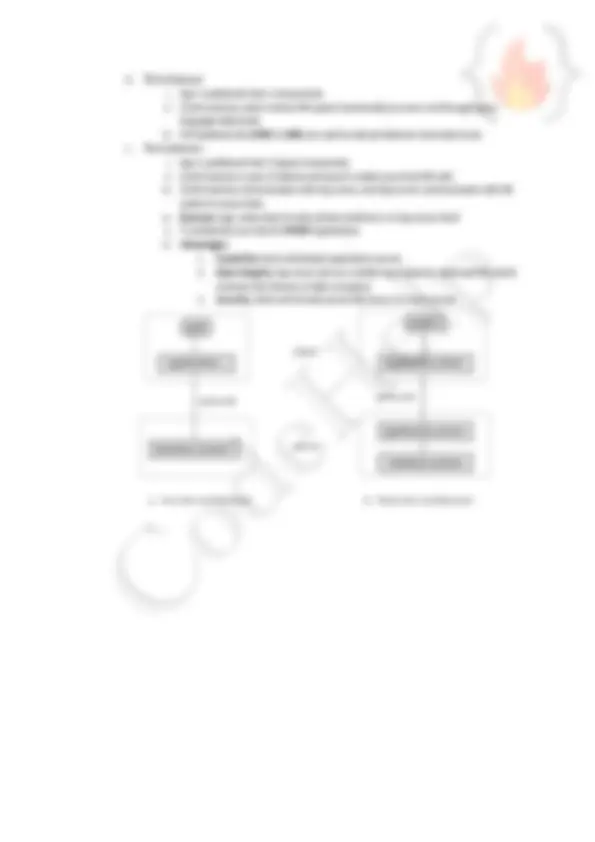



Study with the several resources on Docsity

Earn points by helping other students or get them with a premium plan


Prepare for your exams
Study with the several resources on Docsity

Earn points to download
Earn points by helping other students or get them with a premium plan
Community
Ask the community for help and clear up your study doubts
Discover the best universities in your country according to Docsity users
Free resources
Download our free guides on studying techniques, anxiety management strategies, and thesis advice from Docsity tutors
An overview of the dbms architecture, including the three-schema architecture, which enables multiple users to access the same data with personalized views while storing the underlying data only once. It covers the physical, logical, and view levels of abstraction, as well as the concepts of instances and schemas. The document also discusses data models, database languages (ddl and dml), and how applications interact with the database through apis like odbc and jdbc. Additionally, it covers the role of the database administrator (dba) and the different dbms application architectures (t1, t2, and t3). This comprehensive information can be useful for students studying database management systems, as it covers the fundamental concepts and principles that underlie the design and implementation of dbms.
Typology: Cheat Sheet
1 / 3

This page cannot be seen from the preview
Don't miss anything!


1. View of Data (Three Schema Architecture) a. The major purpose of DBMS is to provide users with an abstract view of the data. That is, the system hides certain details of how the data is stored and maintained. b. To simplify user interaction with the system, abstraction is applied through several levels of abstraction. c. The main objective of three level architecture is to enable multiple users to access the same data with a personalized view while storing the underlying data only once d. Physical level / Internal level i. The lowest level of abstraction describes how the data are stored. ii. Low-level data structures used. iii. It has Physical schema which describes physical storage structure of DB. iv. Talks about: Storage allocation (N-ary tree etc), Data compression & encryption etc. v. Goal : We must define algorithms that allow efficient access to data. e. Logical level / Conceptual level: i. The conceptual schema describes the design of a database at the conceptual level, describes what data are stored in DB, and what relationships exist among those data. ii. User at logical level does not need to be aware about physical-level structures. iii. DBA , who must decide what information to keep in the DB use the logical level of abstraction. iv. Goal : ease to use. f. View level / External level: i. Highest level of abstraction aims to simplify users’ interaction with the system by providing different view to different end -user. ii. Each view schema describes the database part that a particular user group is interested and hides the remaining database from that user group. iii. At the external level, a database contains several schemas that sometimes called as subschema. The subschema is used to describe the different view of the database. iv. At views also provide a security mechanism to prevent users from accessing certain parts of DB.
g.
2. Instances and Schemas a. The collection of information stored in the DB at a particular moment is called an instance of DB.
CodeHelp
b. The overall design of the DB is called the DB schema. c. Schema is structural description of data. Schema doesn’t change frequently. Data may change frequently. d. DB schema corresponds to the variable declarations (along with type) in a program. e. We have 3 types of Schemas : Physical, Logical , several view schemas called subschemas. f. Logical schema is most important in terms of its effect on application programs, as programmers construct apps by using logical schema. g. Physical data independence , physical schema change should not affect logical schema/application programs.
3. Data Models: a. Provides a way to describe the design of a DB at logical level. b. Underlying the structure of the DB is the Data Model; a collection of conceptual tools for describing data, data relationships, data semantics & consistency constraints. c. E.g., ER model, Relational Model, object-oriented model, object-relational data model etc.
CodeHelp